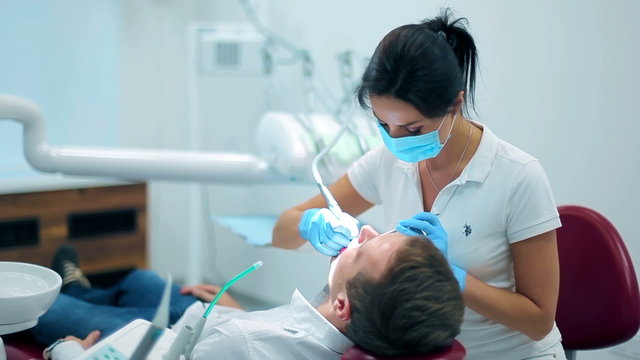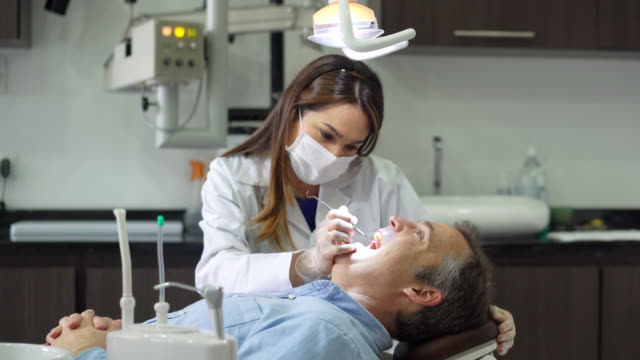How to Find the Best Orthodontist Near Me: A Patient’s Guide
When you search for the best orthodontist near me, it’s not just about convenience. Most patients want someone who listens, explains things clearly, and provides treatment that feels both professional and comfortable. Orthodontic care is a journey that can take months or even years, so finding the right specialist makes a big difference in how smooth and positive the experience feels.
But with so many choices, how do you know which orthodontist is right for you? This guide breaks it down in a way that’s easy to understand. We’ll talk about what to look for, questions you can ask, and the kinds of tools and treatments orthodontists often use.

Why Choosing the Right Orthodontist Matters
Orthodontics isn’t just about straight teeth. It’s about creating a smile that feels good and functions properly. Since treatment plans often require multiple visits over time, you want an orthodontist whose style of care matches what you’re looking for. Many patients find that the right orthodontist makes them feel at ease, explains treatment options clearly, and helps them stay motivated throughout the process.
Unlike a quick dental check-up, orthodontic treatment usually involves ongoing care. That means you’ll be visiting the office regularly, adjusting appliances, and tracking progress. Building trust with your orthodontist and their team makes those appointments less stressful and more productive.
Read More - Lingual Arch Appliance | Lower Holding Arch Guide
First Steps: What to Look For
When searching for the best orthodontist near me, consider these factors:
-
Experience and Specialization
Not every dentist is an orthodontist. Look for someone who has completed specialized training in orthodontics. This ensures they’re experienced with braces, aligners, and appliances used to guide jaw and tooth movement. -
Treatment Options Offered
Some orthodontists focus mainly on traditional braces, while others also provide Invisalign or other clear aligners. If you’re interested in a particular treatment, ask whether they offer it. -
Office Atmosphere
Comfort matters. Many patients feel more confident when the office has a welcoming, patient-focused environment. Notice how the staff treats you during a consultation. -
Communication Style
A good orthodontist explains options without rushing and makes sure you understand the process. Since treatment can take time, open communication helps you feel more involved. -
Reviews and Referrals
Word of mouth is powerful. Ask friends or family about their experiences, or check online reviews for insights into the orthodontist’s approach.
What to Expect During a Consultation
Your first consultation is usually more about planning than treatment. Here’s what typically happens:
-
Initial Examination: The orthodontist looks at your teeth, bite, and overall oral health.
-
X-Rays or Scans: Imaging helps them see the positions of your teeth and jaws.
-
Treatment Recommendations: They’ll explain whether you need braces, aligners, or another appliance.
-
Timeline: You’ll get a general idea of how long treatment may take.
-
Questions: This is your chance to ask about comfort, care, and what to expect at each stage.
Remember, a consultation is not a commitment. It’s an opportunity to see if the orthodontist feels like the right fit.
Common Treatments and Tools in Orthodontics
Orthodontic treatment isn’t one-size-fits-all. Depending on your needs, your orthodontist might suggest different approaches. Here are some that patients often hear about:
-
Braces (Metal or Ceramic): The classic option for guiding teeth into better alignment.
-
Clear Aligners: Popular for their subtle appearance and flexibility.
-
Expanders: Appliances used in younger patients to widen the jaw.
-
Retainers: Custom devices that help maintain results after treatment.
Some treatments also involve addressing challenges like decalcification teeth, which may happen when enamel weakens during orthodontic care. Orthodontists often provide guidance on how to keep teeth healthy throughout the process.

Adding a Bit of Personal Style
Orthodontic treatment, especially braces, doesn’t have to feel boring. Many patients, especially kids and teens, enjoy choosing colors for their brackets. Tools like a brackets color wheel can help patients pick shades that match their personality, favorite team, or even upcoming holidays.
This little touch makes orthodontic care feel less clinical and more like an opportunity to personalize your smile along the way.
How to Narrow Down Your Choices
Once you’ve researched and maybe scheduled a couple of consultations, here are some final tips for choosing:
-
Trust Your Comfort Level: Did you feel heard during the consultation?
-
Notice the Team: The staff plays a big role in your day-to-day visits.
-
Check Accessibility: Is the office location convenient for regular visits?
-
Ask About After-Care: Support doesn’t end once braces come off. Good orthodontists follow up with retainers and ongoing monitoring.
Appliances Beyond Braces
Many patients are surprised to learn that orthodontists sometimes recommend appliances in addition to braces or aligners. For example, a tongue guard for braces may be used to help with tongue-thrusting habits that affect tooth position. These small additions can make a big difference in treatment success and overall comfort.
Orthodontists may also use different types of retainers or temporary devices depending on the patient’s specific bite. While they may take some getting used to, most patients adapt quickly and appreciate the long-term benefits.
Final Thoughts
Finding the best orthodontist near me doesn’t have to feel overwhelming. Start by considering experience, treatment options, and communication style. Schedule consultations, ask questions, and pay attention to how comfortable you feel. Orthodontic treatment is a journey, and the right orthodontist can make it a more positive and manageable experience.
FAQs About Finding the Best Orthodontist
Q: How long does orthodontic treatment usually take?
A: It varies by case, but many treatments last between one and three years. Some shorter or longer depending on complexity.
Q: Do I need a referral to see an orthodontist?
A: Not always. Many orthodontists accept patients directly without a referral.
Q: What’s the difference between a dentist and an orthodontist?
A: Dentists handle general oral care, while orthodontists complete additional training focused on alignment and bite correction.
Q: How young can a child see an orthodontist?
A: Many orthodontists recommend an initial evaluation around age 7, but treatment may not begin until later.
Q: Are braces the only option?
A: No. Depending on your case, options may include clear aligners, expanders, or other appliances.
Comments
Post a Comment